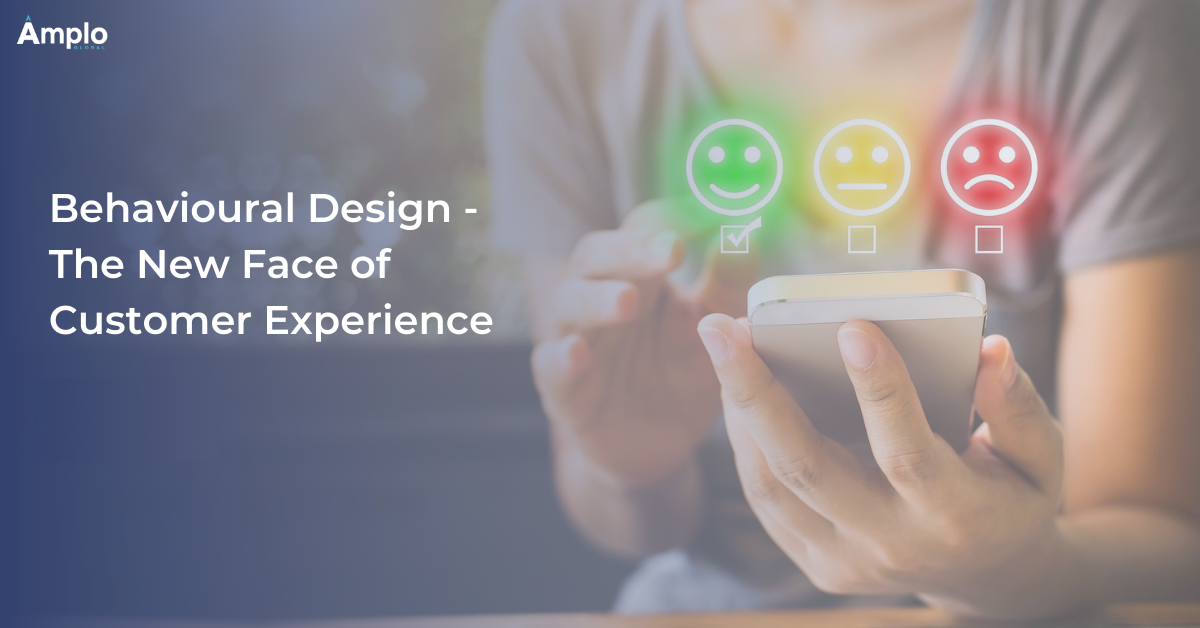Behavioral Design: Ignite CX, Unleash Impact!
| Experience the game-changer: Behavioral Design. Shape user behavior, optimize engagement, and create lasting impact. The future of customer experience is here! |
| Welcome to the game-changer in customer experience: Behavioral Design. By harnessing the principles of psychology and human behavior, this transformative approach empowers businesses to shape user behavior, optimize engagement, and create a lasting impact.
Behavioral Design goes beyond traditional marketing techniques, delving into the subconscious factors that drive consumer decision-making. By understanding cognitive biases, motivations, and triggers, businesses can design experiences that nudge customers towards desired actions, whether it’s making a purchase, adopting a new habit, or engaging with a brand. Through careful analysis of user behavior patterns, businesses can identify pain points, optimize user interfaces, and personalize interactions to enhance customer satisfaction. By leveraging persuasive design elements, such as social proof, scarcity, and gamification, companies can create memorable experiences that captivate their audience and drive meaningful results. The future of customer experience is here, and it’s powered by Behavioral Design. Embrace this cutting-edge approach to unlock new levels of customer engagement, loyalty, and business success. Experience the game-changer that will revolutionize how you connect with your audience and leave a lasting impact. |
Regardless of what business you’re in, you’re always in business with people. This article explores what happens when human-centric design thinking meets behavioral science and how that applies to your business
Even with the best simulation data available, the most crucial business decisions come down to human intuition, emotions, and perceptions. Undoubtedly, business success necessitates an in-depth understanding of human behavior. Researcher Donald A. Norman in his book ‘Design of Everyday Things’ puts it,“[…]things are designed to be used by people, and without a deep understanding of people, the designs are apt to be faulty, difficult to use, difficult to understand.”
Design thinking in combination with behavioral science has given rise to the concept of behavioral design. Behavioral design focuses on understanding how people think and utilizes this insight to design products and experiences optimized for human interaction. Behavioral design is more common and ubiquitous than you might initially think. From customer segmentation and user personas to UX and UI shaped through A-B testing, behavioral design is all around us. It’s also not a new concept. Aristotle’s three appeals – ethos, logos, and pathos and Maslow’s hierarchy of needs are age-old frameworks that form the basis of behavioral design.
Despite its apparent benefits, behavioral design is surprisingly underutilized. According to research published in the Harvard Business Review, “[…]88% of those surveyed underestimated the influence of design on enrollment and only 12% of respondents were able to identify the design changes most strongly drove changes to [user] behavior.”
Behavioral design has a lot of untapped potential. It can both shape human behavior through design and inform design through behavioral insights. For example, freemium mobile games and websites are designed to mold user behavior to drive engagement. Social media feeds and ads are designed based on users’ previous behavior and preferences. Furthermore, behavioral design is set to be even more relevant in the near future. AI and machine learning dynamically capture data, model, and predict behavior to create customized products, experiences, interfaces, packaging, pricing, and discounts.
Despite our best efforts, we humans work in predictable ways and are prone to influence. This raises an important ethical question about the application of behavioral science in design. Behavioral design is not immune to abuse, as evidenced by the viral spread of misinformation driven by inaccurate or misleading sources. However, responsible, ethical, and customer-centric companies can and do utilize it to help customers identify their blind spots, drive critical-thinking-based decision making. The latter will make customers trust you and help establish and nurture consumer relationships. While the former comes across as manipulative and has the potential to cause social unrest.
In summation, behavioral design is a powerful tool, but much like any other tool, its impact largely depends on how and by whom it is used.









































































